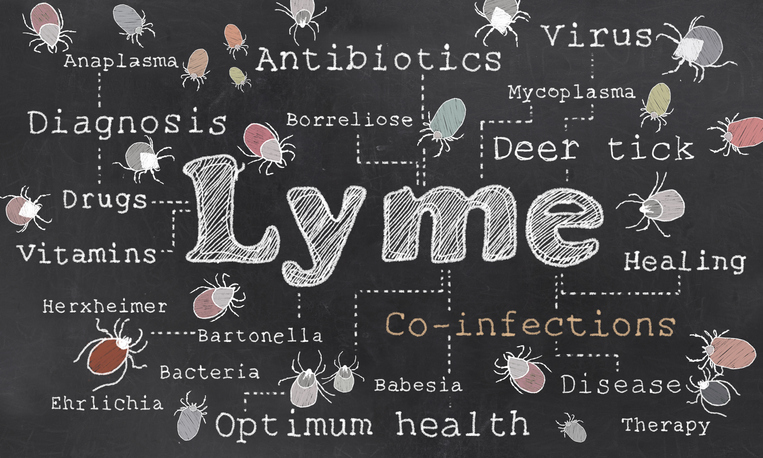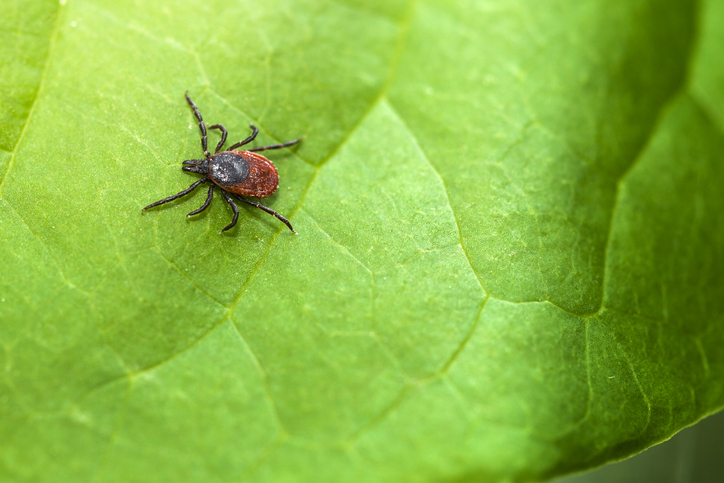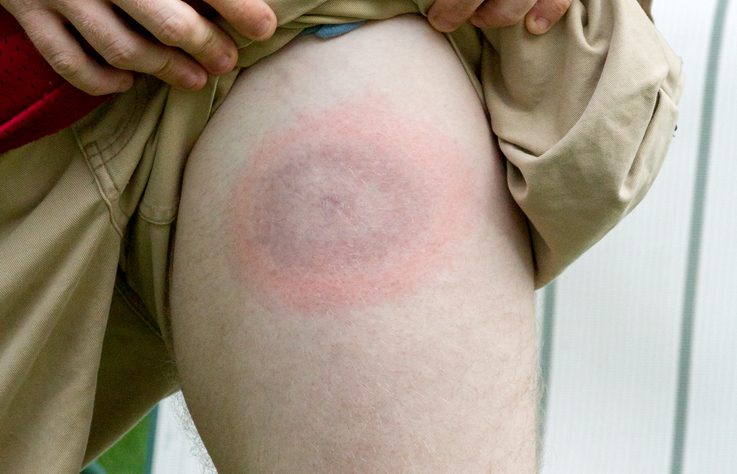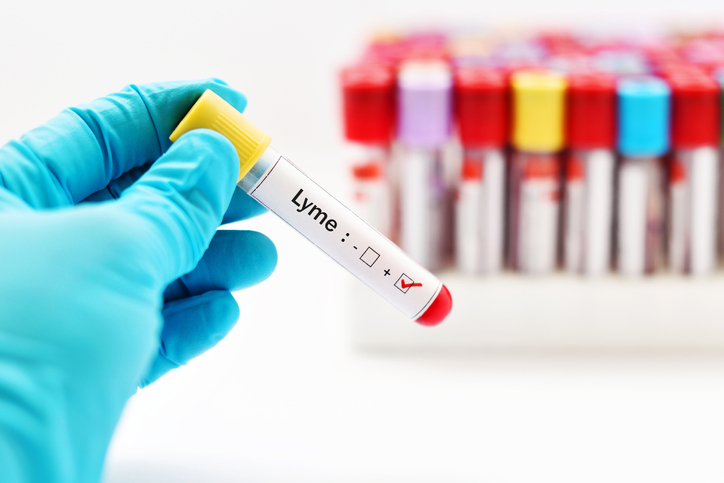Pain
Lyme Disease Basics

What is Lyme Disease?
Lyme disease, or Lyme borreliosis, is an infectious disease caused by the bacteria Borrelia. The bacteria Borrelia burgdorferi and Borrelia mayonii are responsible for Lyme disease in North America. In Europe and Asia, Borrelia afzelii and Borrelia garinii are responsible for Lyme disease. The bacteria is spread to humans via the bite of an infected black-legged tick (deer tick).
Where are ticks found?
The preferred habitats of black-legged ticks include grassy, brush-filled, or heavily wooded areas. Ticks may even be in an individual’s own backyard.
How to help avoid a tick bite
The Centers for Disease Control and Prevention (CDC) suggests the following tips to help prevent a tick bite:
- Wear long sleeve shirts and long pants, with pants tucked into socks.
- Wear clothing or gear that has been treated with 0.5% permethrin.
- Avoid wooded areas or brush areas with high grass or leaf litter.
- Walk in the center of trails.
- Clear brush and tall grasses away from homes and edges of lawns.
- Mow the lawn frequently.
- Rake leaves frequently.
- After outings, examine clothes, gear, and pets for ticks.
- Check the body for ticks.
How to remove an embedded tick
If a tick is attached to a human or pet, it’s important to remove it safely and as quickly as possible. Follow these steps to safely remove a tick:
- Secure the tick in fine-tipped tweezers, placing the tweezers as close to the surface of the skin as possible.
- Using steady pressure, gently pull the embedded tick upward until the tick releases.
- The skin will tent as the tick is being pulled.
- If using a tick removal device, such as a tick scoop or tick key, follow the directions included with the device.
- Place the tick in a lidded container or a sealed plastic bag in case the tick is needed for testing.
- Wash and disinfect the hands, the site of the bite, and the tweezers.
- Avoid handling the tick.
DO NOT try any of following folklore methods to remove a tick:
- Painting it with nail polish
- Covering it with petroleum jelly
- Holding a hot match to it
- Squeezing or crushing it
How long does a tick need to be attached to transmit Lyme disease?
The longer a tick is attached, the higher the chances are that the tick may transmit Lyme disease. It is not common for Lyme disease to be transmitted in cases where the tick is attached for less than 24 hours, but the risk is not zero. It’s a good idea to save the tick in a lidded container or a sealed plastic bag. If Lyme disease is a possibility, a health care provider may send the tick to a lab to test for Borrelia or other tick-borne diseases.
















